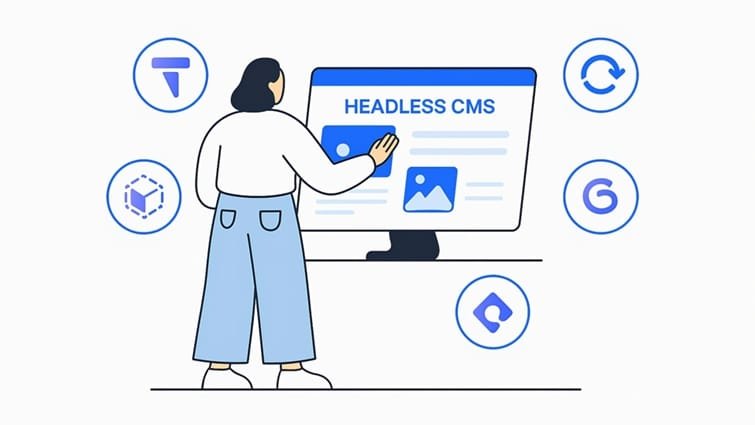Health technology is becoming an integral part of everyday life at an unprecedented pace, particularly in areas focused on disease prevention and health maintenance. Joe Kiani, founder of Masimo and Willow Laboratories, highlights that the true effectiveness of digital tools goes beyond their technical capabilities. It hinges on how well they align with the real needs of people. Thoughtful design plays a pivotal role in ensuring these tools are not only adopted but also trusted and consistently used over time.
This is especially true in preventive care, where long-term engagement is essential. Even the most sophisticated solutions can fall short if they fail to account for users’ daily realities. Success in this space often comes down to whether tools are developed with users’ behaviors, challenges and environments in mind.
Understanding User-Centered Design
User-Centered Design (UCD) prioritizes end-users at every stage of development. In health tech, this means engaging patients, caregivers and healthcare professionals as co-designers. Rather than assuming what users want or need, developers gather real-world insights through interviews, usability tests and field studies to shape products that fit into actual lives.
For example, a mobile app designed to support people at risk for diabetes needs to do more than log data. It must offer easy navigation, culturally relevant content and personalized nudges that are meaningful to each user. Tools that overlook these aspects may become digital clutter, installed but rarely used.
When Empathy Drives Function
Tools rooted in empathy tend to be more effective. People are more likely to engage with technology that understands their challenges and respects their time. In preventive health, this could mean something as simple as a morning reminder designed with positive language or a dashboard that prioritizes key actions over dense data charts.
This kind of thoughtful design can improve adherence to preventive routines and reduce burnout. Joe Kiani Masimo founder mentions, “It’s not just about collecting data. It’s about delivering insights that empower people to make better decisions about their health.” His comment echoes a growing consensus in healthcare: design decisions can shape health behavior just as much as clinical advice.
Supporting Diverse Needs
Designing for preventive health also means accounting for diversity in age, culture, language, education and digital literacy. UCD calls for inclusivity not just in interface design but also in the assumptions underlying the product’s features. Can someone with low vision navigate the platform? Does the tone of the prompts reinforce trust or feel clinical and cold?
These questions matter. Preventive health solutions are most effective when they reach historically overlooked populations. A tool that only serves tech-savvy users in urban settings isn’t solving the larger problem. We need solutions that consider rural communities, older adults and individuals with limited digital literacy. Bridging these gaps requires intentional design choices and localized outreach strategies. True impact comes from meeting people on their terms, not just where it’s convenient for technology.
User-Centered Design Encourages Healthier Habits
Preventive care relies on consistent action over time. That makes it essential for health tech to encourage healthy habits in ways that feel sustainable. Gamified features, behavior tracking and rewards can work for some users, while others may prefer straightforward reminders or community support.
UCD allows for this flexibility. By involving a wide range of users in design and testing, developers can identify which features motivate different people. Tools can then adapt to changing preferences, making them more likely to stay relevant in the long run. This approach helps ensure that products remain responsive to user feedback, not just during initial rollout but throughout their lifecycle. It also uncovers unmet needs that may not be immediately visible to developers.
When users see that their input directly influences outcomes, engagement and trust naturally increase. UCD fosters a culture of continuous improvement, where iteration is expected rather than reactive. The result is a product that evolves with its users, not away from them.
Feedback is not a Phase – It’s a Partnership
Some development teams treat feedback as a one-time step. But user-centered design frames feedback as an ongoing relationship. That is especially important in preventive health, where needs evolve as users age, switch devices or face new challenges. By continuously gathering input, teams can adapt tools to stay aligned with users’ changing contexts. It might mean updating the language for better comprehension, adjusting workflows for accessibility or integrating with new platforms.
An ongoing feedback loop also helps detect early signs of disengagement, giving teams a chance to respond before users drop off. It transforms users from passive recipients into active co-creators. This relationship-centric model leads to more resilient and personalized health solutions.
Maintaining open feedback loops ensures that health tech continues to meet real-world needs and deepens trust. When users feel heard and see their input reflected in updates, they are more likely to remain engaged. This sense of partnership empowers users and fosters long-term adoption.
Feedback isn’t just a checkbox; it’s a critical mechanism for continuous improvement. Regular check-ins with users can reveal shifting needs or barriers that weren’t apparent at launch. By staying responsive, developers can refine solutions that genuinely support health outcomes over time.
Keeping Safety and Trust Front and Center
Data sensitivity is particularly important in preventive health, where individuals often share detailed lifestyle information over extended periods. Clear communication about how data is used, stored and protected is not only a legal requirement but also a key component of thoughtful design. Prioritizing transparency builds a foundation of trust, which is essential for sustained user engagement in preventive care.
Building safeguards into the design from the start signals a commitment to user trust. In preventive health, that trust often forms the backbone of ongoing engagement. While User-Centered Design doesn’t guarantee a flawless product, it significantly improves the chances of creating solutions that are practical, respectful and lasting, qualities that matter when daily behavior and motivation shape health outcomes.
Innovation in health tech must reflect this mindset. Rather than asking, “What can we build?” developers should consider, “What will genuinely help people?” This shift from ambition to empathy drives better outcomes by addressing real needs. As more preventive tools enter the market, those designed with empathy and grounded in real-world input will stand out. User-centered design isn’t just a trend; it’s an essential practice to make health technology truly work for everyone.



